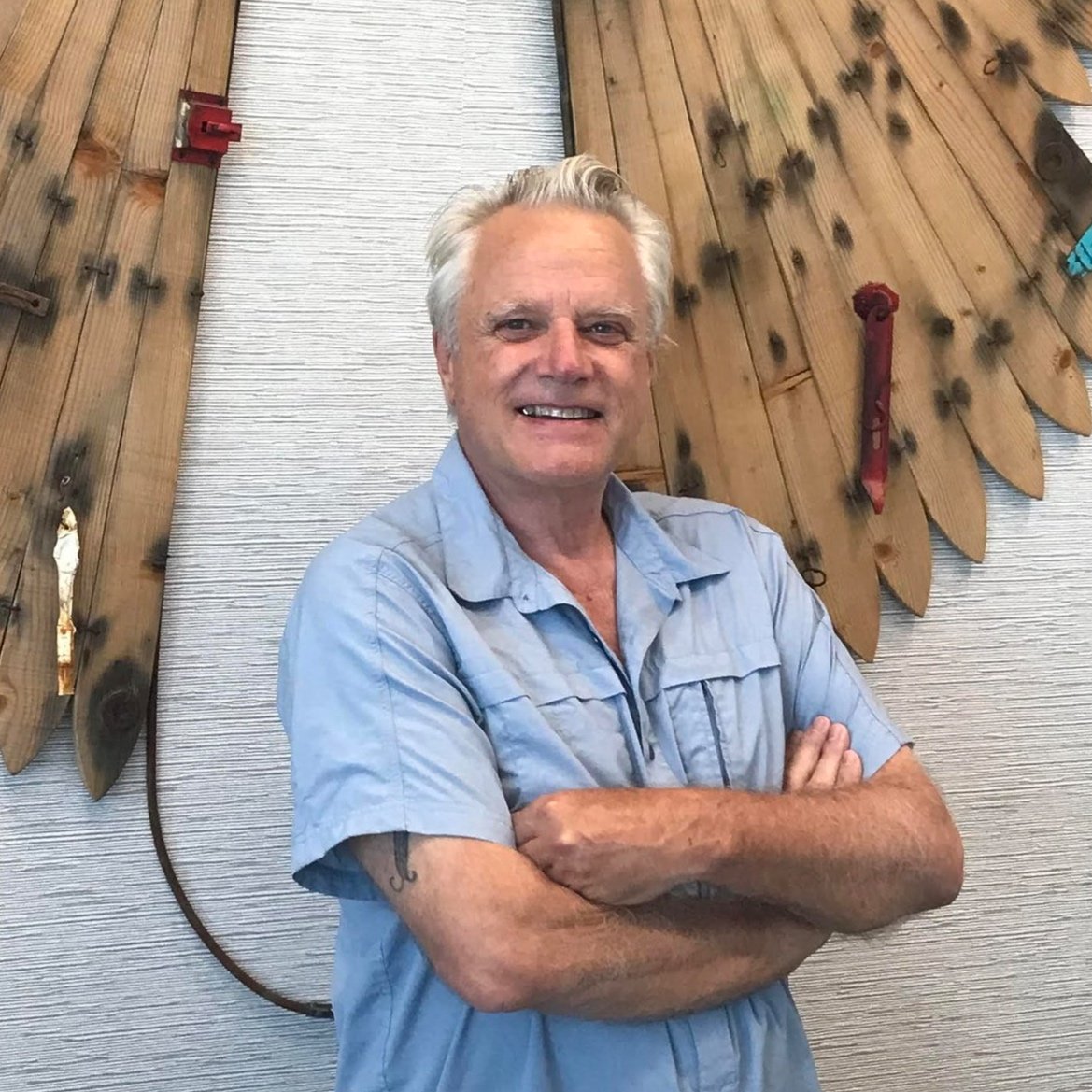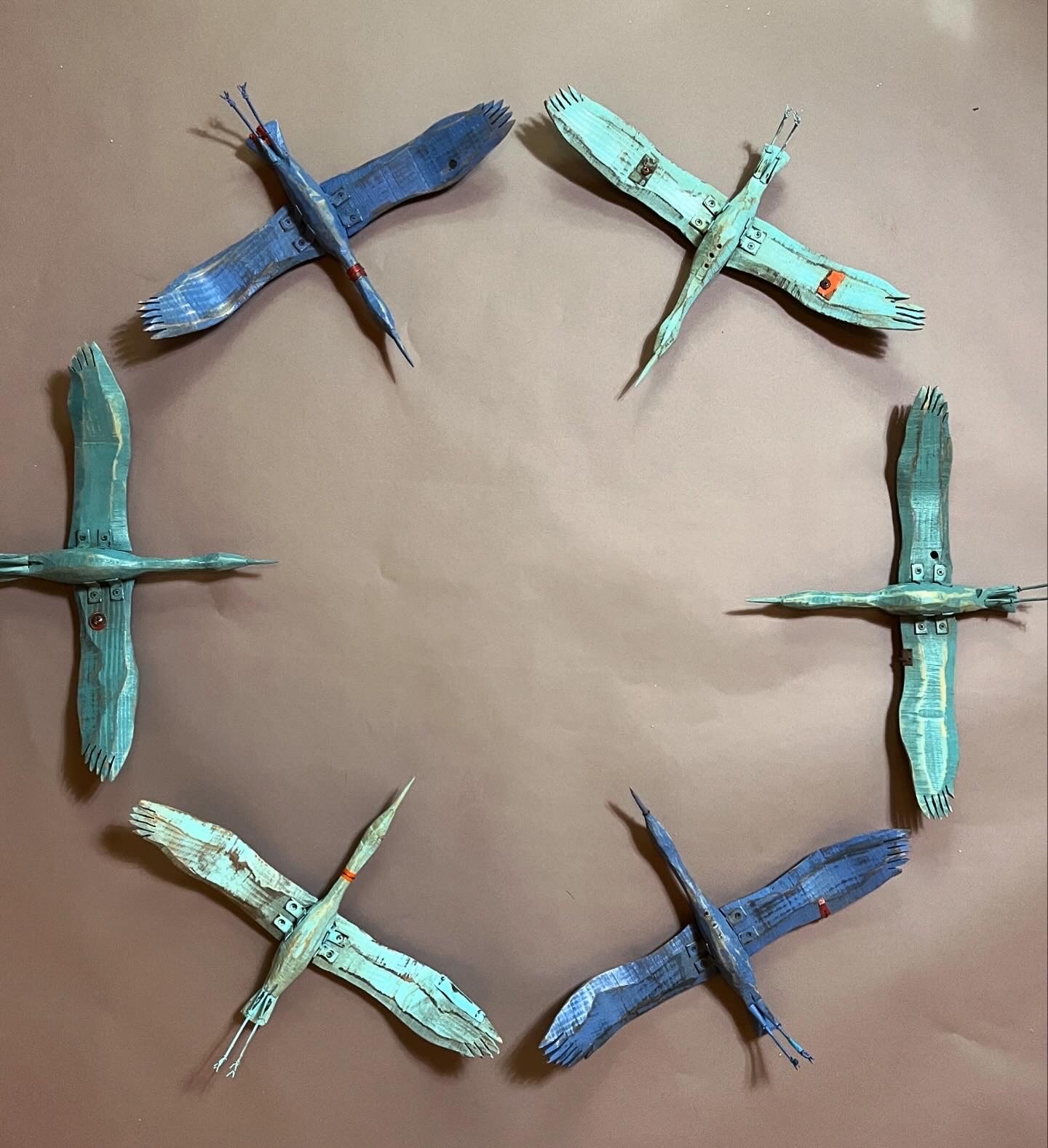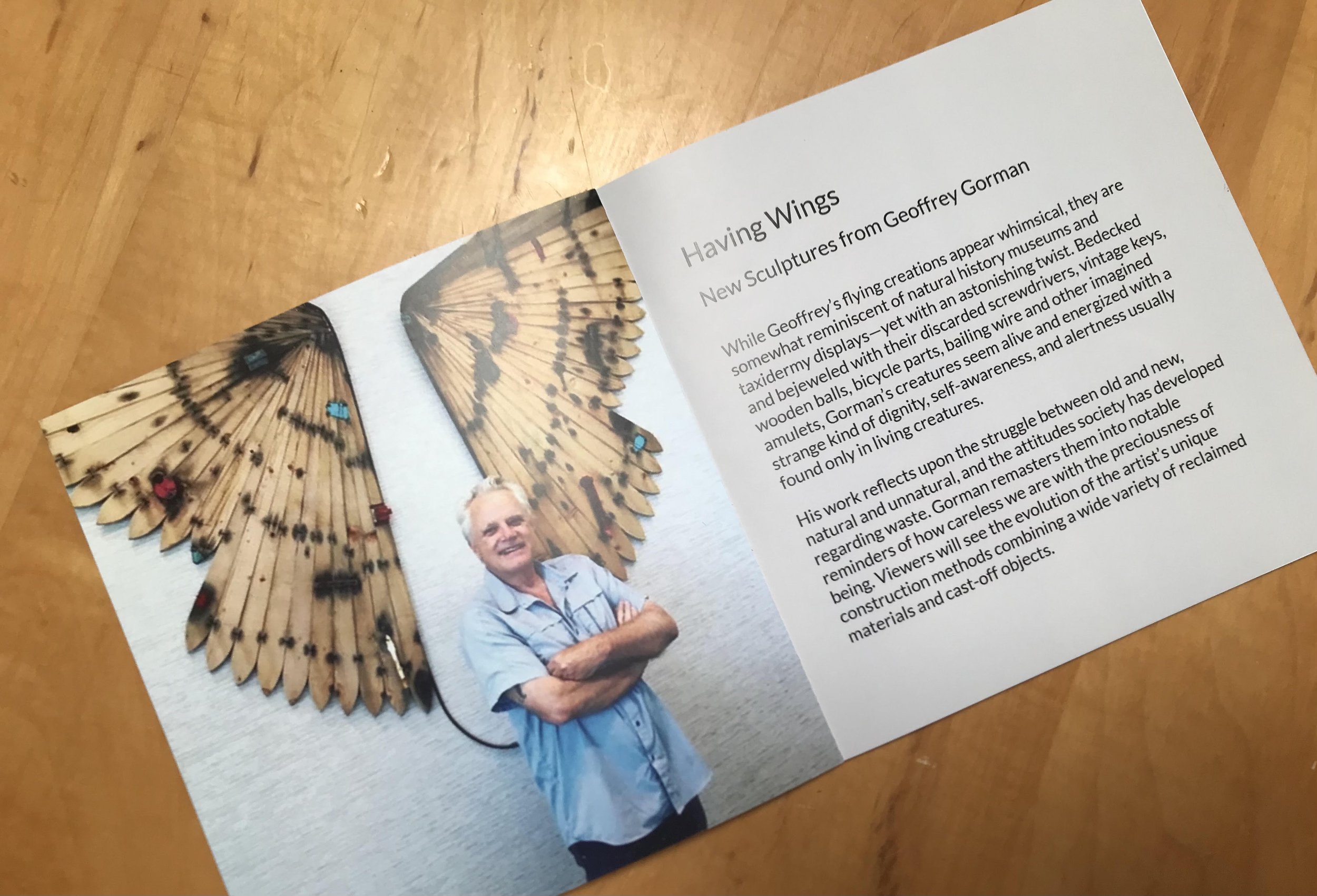 Image 1 of 5
Image 1 of 5

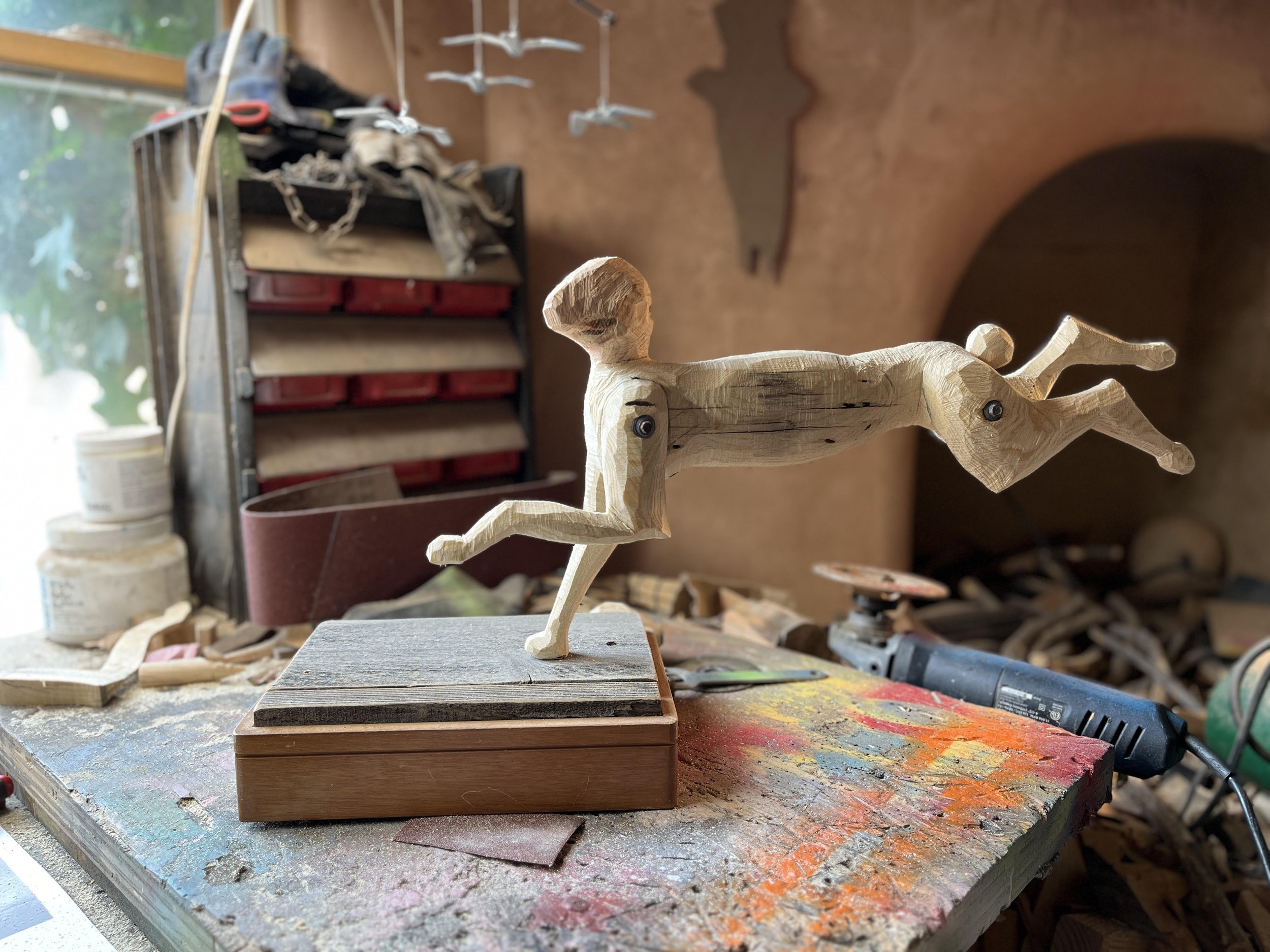 Image 2 of 5
Image 2 of 5

 Image 3 of 5
Image 3 of 5

 Image 4 of 5
Image 4 of 5

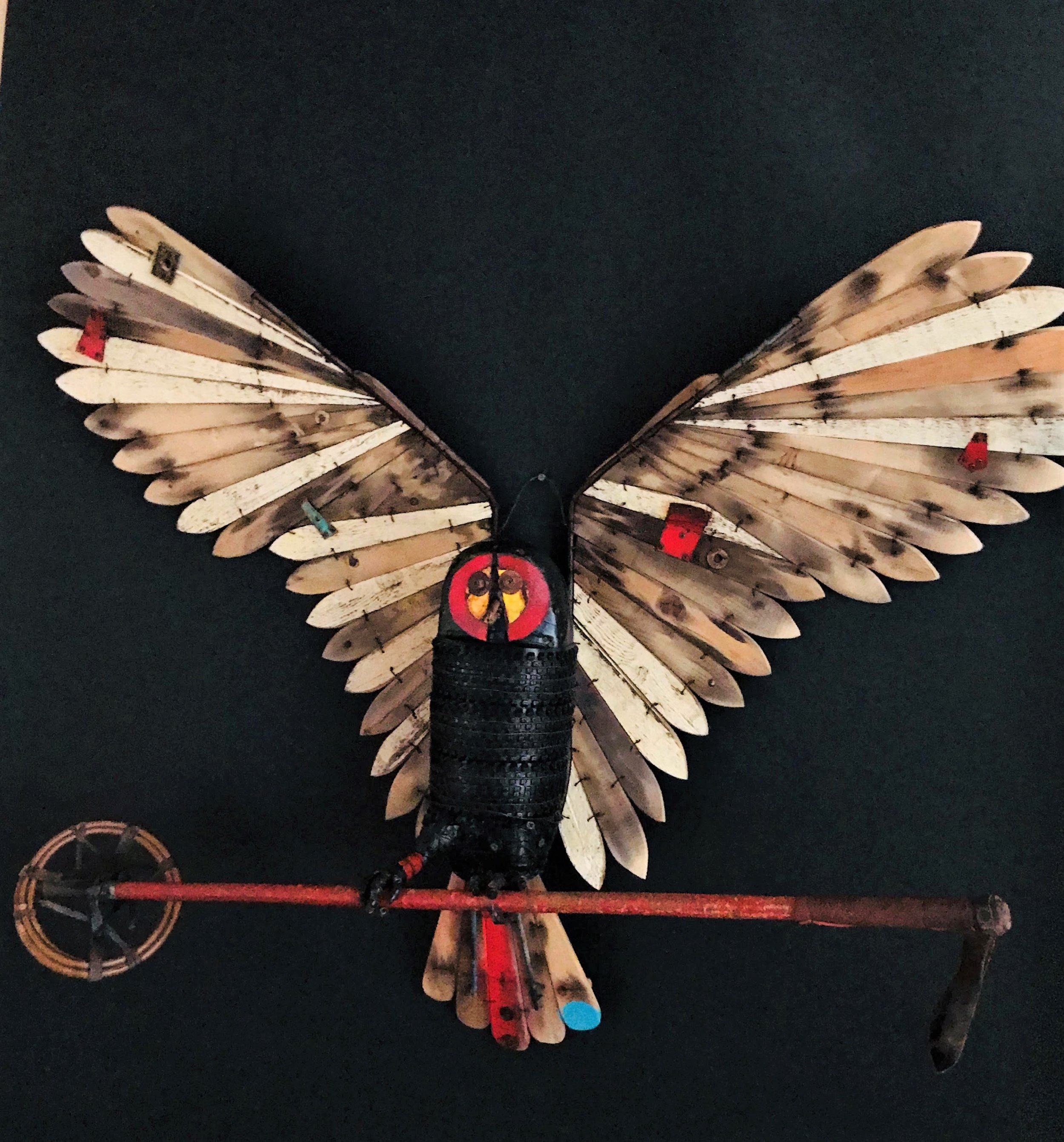 Image 5 of 5
Image 5 of 5






Totemic Sculptures and Spirit Animals from Found Objects (Aug 5-7)
Instructor: Geoffrey Gorman
Duration of Class: Three Days (18 hours)
Medium: Found Objects Assemblage/Sculpture
Skill Level: All
This hands-on, three-day workshop will guide participants in creating totemic sculptures and spirit animals using found materials such as discarded tools, furniture parts, metal, wood, and more.
Instructor: Geoffrey Gorman
Duration of Class: Three Days (18 hours)
Medium: Found Objects Assemblage/Sculpture
Skill Level: All
This hands-on, three-day workshop will guide participants in creating totemic sculptures and spirit animals using found materials such as discarded tools, furniture parts, metal, wood, and more.
Instructor: Geoffrey Gorman
Duration of Class: Three Days (18 hours)
Medium: Found Objects Assemblage/Sculpture
Skill Level: All
This hands-on, three-day workshop will guide participants in creating totemic sculptures and spirit animals using found materials such as discarded tools, furniture parts, metal, wood, and more.
Drawing inspiration from nature and ancient totems, the workshop emphasizes creative reuse, storytelling through materials, and sculptural techniques. Participants will connect to a sense of place, nature, and the history of the materials they work with, allowing them to create sculptures that reflect personal and collective narratives.
Day 1: Conceptualizing, Inspiration & Gathering Materials
Morning Session:
Introduction to Totems & Animal Symbolism: Explore how totems and animal symbolism have been represented in cultures around the world, focusing on their spiritual and transformative significance.
Artist Presentation: Examine Geoffrey Gorman’s past projects involving found objects, to understand how discarded materials can become powerful artistic elements.
Discussion: Discuss the themes of reuse, storytelling, and transformation through sculpture. Introduce the importance of personal and collective narratives in the creation process.
Brainstorming: Participants begin thinking about their own sculptures – deciding on the animal or totem that resonates with them personally and conceptually.
Afternoon Session:
Material Gathering Activity: A field trip or hands-on scavenging to collect found objects from the surroundings—tools, furniture parts, wood, metal, or anything that could be repurposed.
Sorting & Exploration: After collecting materials, participants sort through their findings, thinking about the creative potential of each item.
Goal for the Day: Each participant should gather a personal collection of materials and solidify the concept for their totem or spirit animal sculpture.
Day 2: Designing and Building the Structure
Morning Session:
Assemblage Techniques: Introduction to the basics of assembling sculptures from non-traditional materials, focusing on creating stability, balance, and structure.
Demonstration: Methods for attaching materials, including drilling, wiring, and using adhesives.
Sketching & Design: Participants begin sketching their ideas and creating a framework or skeleton for their sculptures, considering how the materials will come together in a solid form.
Building the Structure: Participants start assembling the core structure of their totemic creature, ensuring it is secure and stable.
Afternoon Session:
Work Time: Participants continue to build the structure, applying techniques and problem-solving to balance and shape their sculptures.
Goal for the Day: Participants should complete the basic framework of their sculpture, with a focus on stability and form.
Day 3: Detailing, Character, and Refining
Morning Session:
Bringing Life to the Sculpture: Focus on adding personality and movement to the sculptures through detailed work on specific features such as heads, tails, wings, or limbs.
Textural Techniques: Demonstration on creating texture and depth by wrapping, layering, and incorporating ephemera. This session emphasizes how small details can enhance the spirit and personality of the piece.
Adding Features: Participants begin adding key details to their sculptures, focusing on how each part of the creature contributes to its overall expression.
Afternoon Session:
Refining and Finalizing: Participants work on fine-tuning the details
and overall character of their sculptures, bringing their creatures to
life with final touches.Reflection: Group discussion about the process and how the materials
used connect to the personal narratives participants want to express
through their work.Goal for the Day: Complete the sculpture with expressive, detailed
elements that give the animal or totem its unique character and
spirit.
By the end of this workshop, participants will have created their own totemic sculpture or spirit animal, using a combination of creativity, resourcefulness, and storytelling to breathe new life into found materials. The focus on transformation, narrative, and symbolism will guide each participant in creating a personal and expressive piece of art. This format provides flexibility for participants to explore their creative process while ensuring they are guided through every step of creating a cohesive, meaningful artwork.
Supplies:
Basic Tools:
Hot glue gun & glue sticks (for quick attachments)
Pliers (needle-nose and linesmen pliers)
Tin cutters (Fiskars)
Screwdrivers (Philips and slotted)
Small Hammer & assorted nails
Sandpaper (various grits)
Small power drill/bits
Utility knife or box cutter
Adhesives & Fasteners:
Epoxy glue or other heavy-duty adhesives
Wood glue
Screws, nuts, and bolts (assorted sizes)
Wire (assorted gauges and types: annealed wire)
Threaded rods 1/4” and ⅛”
Found Objects & Materials:
Old tools (wrenches, saws, etc.)
Furniture parts (table legs, drawer handles, etc.)
Ephemera (vintage papers, fabrics, photographs, postcards)
Scrap metal and tin (small, rusted pieces, hinges, etc.)
Driftwood, branches, or wood scraps
Textile scraps (leather, burlap, old cloth)
Old hardware (knobs, hinges, latches, etc.)
Finishing Supplies:
Matt spray finish
Stains & wood finishes
Safety Gear:
Protective gloves
Safety glasses
Dust mask or respirator
Class Size:
Min # of students: 10
Max # of students: 15
